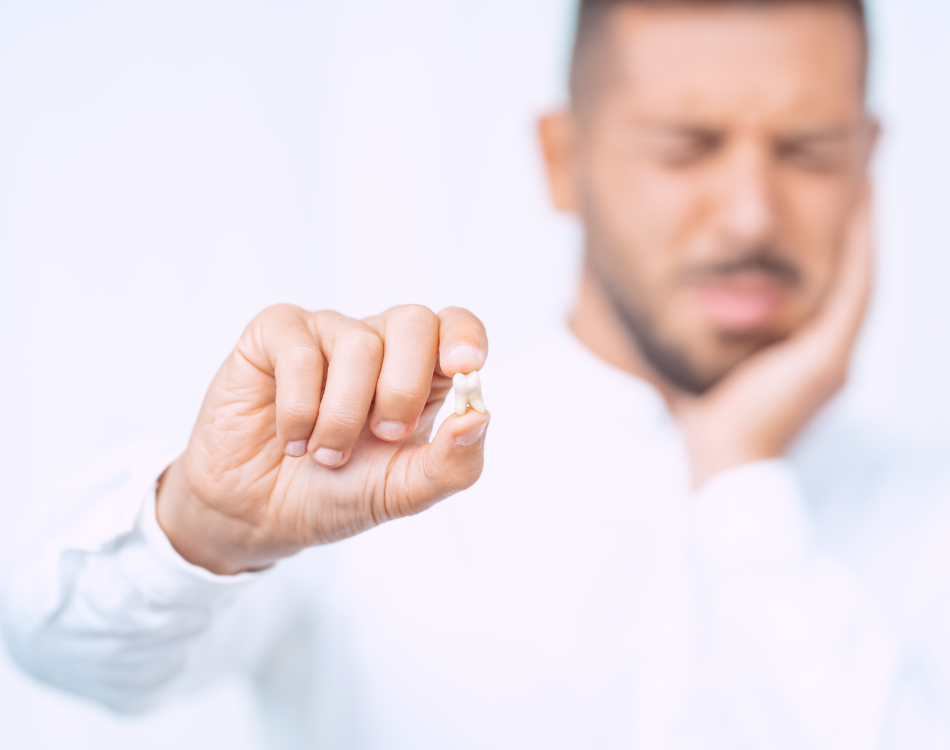Let’s face it, dental emergencies can be scary and disruptive. A throbbing toothache in the middle of the night or a chipped tooth after a tumble can leave you feeling lost and unsure of what to do. But fear not, with a little preparation and knowledge, you can navigate these situations with confidence (and minimal pain!).
Being Ready Before the Emergency Strikes
Preparation is key to handling a dental emergency calmly and effectively. Here’s what you can do to be proactive:
- Assemble an emergency dental kit: This lifesaver should include pain relievers (like ibuprofen or acetaminophen), gauze pads, a dental mirror, and a small container (for a knocked-out tooth). Consider adding some sugar-free gum for jaw discomfort and clove oil (which can temporarily numb a toothache with a dab on a cotton swab).
- Know your dentist’s emergency contact information: Having your dentist’s after-hours number or emergency referral information readily available saves precious time during a crisis.
- Regular dental checkups: Think of these as preventive maintenance for your smile. Regular cleanings and checkups allow your dentist to identify potential problems early on, minimizing the risk of an emergency.
Conquering Common Dental Emergencies:
Now, let’s tackle some specific situations:
- Toothache: Rinse your mouth with warm salt water to remove any irritants. Over-the-counter pain relievers can offer temporary relief. If the pain persists or worsens, contact your dentist immediately.
- Lost Filling: Dental wax can act as a temporary fix until you see your dentist. Avoid chewing gum or hard foods on the affected area.
- Chipped or Cracked Tooth: Gently rinse your mouth with warm water and apply a cold compress to reduce swelling. If there’s significant pain or bleeding, see your dentist right away.
- Knocked-Out Tooth: Time is critical! Locate the tooth and carefully rinse it with milk (or a mild saltwater solution) to remove debris. Do not scrub the root. If possible, gently place the tooth back in the socket. If that’s not possible, store the tooth in milk and get to your dentist within 60 minutes for the best chance of saving it.
Remember: While these tips can offer temporary relief, they are not substitutes for professional dental care. In case of a dental emergency, always prioritize contacting your dentist or seeking emergency dental services.
By following these steps, you can be prepared to handle most dental emergencies with greater ease and minimize any potential damage. Now go forth and conquer those dental curveballs with confidence…and a well-stocked emergency kit!








